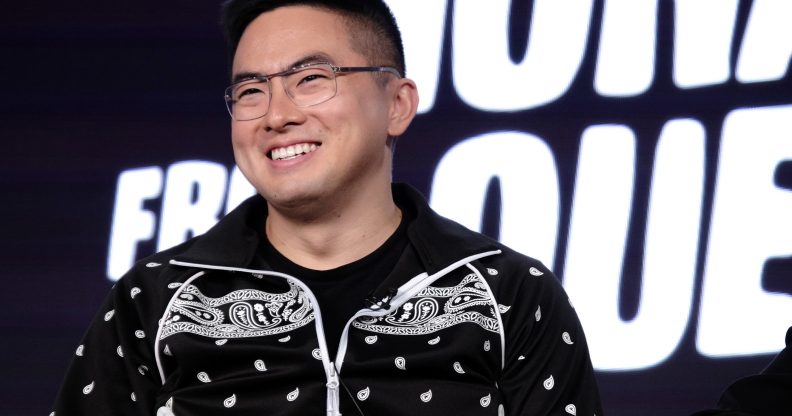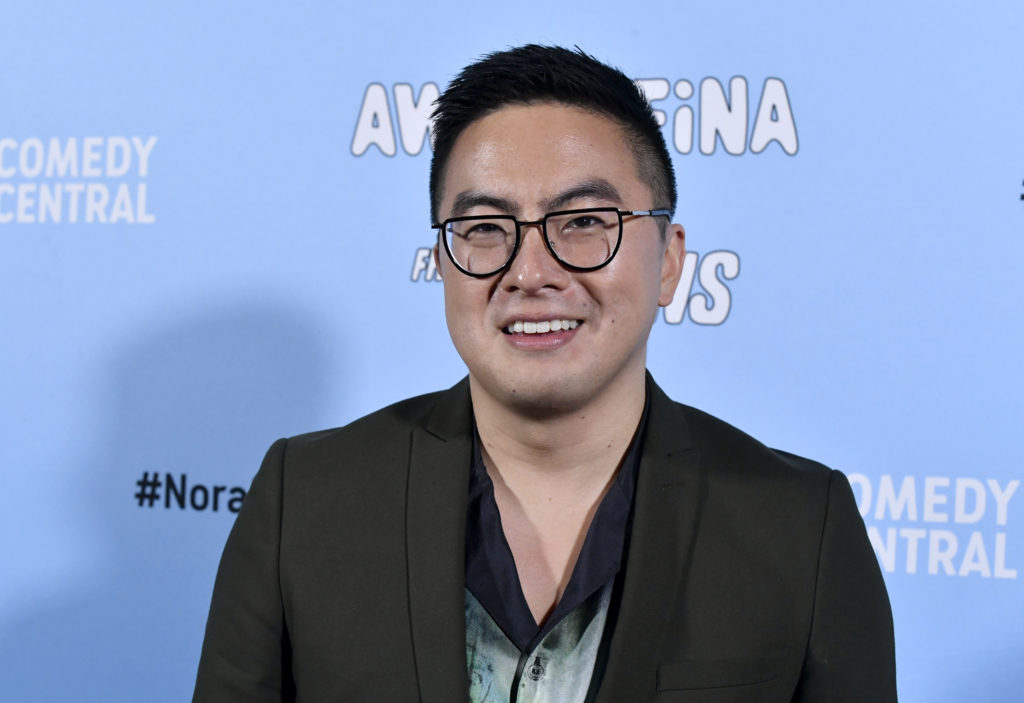Saturday Night Live star Bowen Yang opens up about his experience of gay conversion therapy

Bowen Yang. (Tommaso Boddi/Getty Images for Viacom )
Saturday Night Live star Bowen Yang has opened up about his experiences of gay conversion therapy, regularly cited by activists and clinicians for its damaging effects.
In a profile with the New York Times on Saturday, Yang candidly chatted about his time in conversion therapy and the conflict with his parents over his sexuality.
Yang was thrusted into coming out to his parents aged 17 when they intercepted an instant message chat of his, outing him in the process. His father hastily sent him to have eight sessions with a conversion counsellor.
Bowen Yang describes conversion therapy as ‘explaining the gay away with pseudo-science’.
“They just sat me down and yelled at me and said: ‘We don’t understand this, where we come from, this doesn’t happen’,” Yang said.
“I’d only seen my father cry when my grandpa died and now he’s sobbing in front of me every day at dinner… And I’m thinking: ‘How do I make this right?’
“This is the worst thing you can do as a child of immigrants. It’s just like you don’t want your parents to suffer this much over you.”
Guilt haunted the teen, who eventually caved and decided to see the “specialist”.
“I allowed myself the thought experiment of: ‘What if this could work?’

Bowen Yang attends Comedy Central’s “Awkwafina is Nora From Queens” Premiere Party at Valentine DTLAon January 15, 2020 in Los Angeles, California. ( Frazer Harrison/Getty Images for Comedy Central)
“Even though as I read up on it, I was just like, ‘Oh, wait, this is all completely crackers’.
“At the first session, he asks me: ‘Would you like this to be Christ centred or a secular sort of experience?’
“And I was like: ‘I guess nonreligious.’
“But even for him to ask that question means that there was this kind of religious agenda behind it anyway.”
Yang, 29, continued: “The first few sessions were talk therapy, which I liked, and then it veers off into this place of: ‘Let’s go through a sensory description of how you were feeling when you’ve been attracted to men’.
“And then the counselor would go through the circular reasoning thing of: ‘Well, weren’t you feeling uncomfortable a little bit when saw that boy you liked?’
“And I was like: ‘Not really’.
He goes:’‘How did your chest feel?’
“And I was like, ‘Maybe I was slouching a little bit’.
“And he goes:‘See? That all stems from shame’.
“It was just crazy. Explain the gay away with pseudoscience.”
Conversion therapy is still common in the US
Also called reparative therapy, medical organisations across the world have widely debunked and rejected the treatment as traumatising and psychologically scarring, especially to minors.
In fact, the American Academy of Paediatrics warned against it as early as 1993. They said it reinforced anxiety and shame.
The practise, which has been around more than a century, has many techniques. Most commonly, talking therapy.
However, some physicians who practise the therapy are known to use shock treatments and induce associative nausea in patients, according to a 2018 study by the Williams Institute of the School of Law at the University of California, Los Angeles.
Despite such denouncement and discrediting, the ‘therapy’ has remained common in patches of the US.
Though, the impact of the practise is immeasurable, an estimated 698,000 LGBTI+ adults in the US have received conversion therapy, according to research.
Around half of them underwent the practise as teens.

